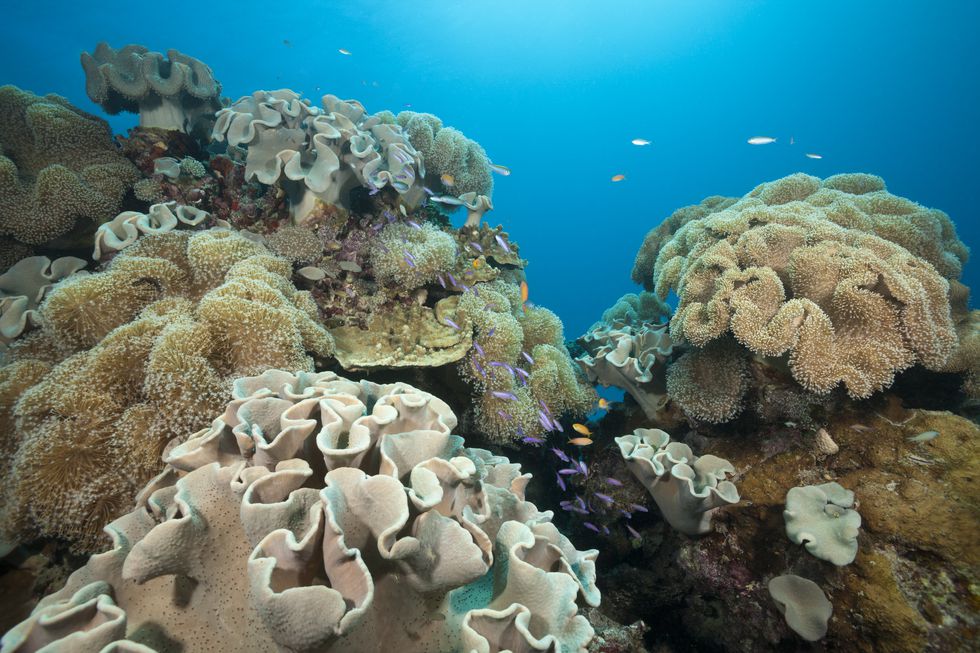CRISPS Could Work to Save Corals

In only a few years, corals have died off at increased rates. With global warming causing them to undergo a process called bleaching, which ultimately kills entire reefs, scientists have researched different ways of saving corals.
And Scientists at Stanford have just found a way to save the corals with gene editing, a process called CRISPR.
Researchers will be able to breed strong coral reefs in the future!
Postdoctoral scholar and geneticist at Stanford, Phillip Cleves explains why editing genes in corals is not very easy:
“Up until now, there hasn’t been a way to ask whether a gene whose expression correlates with coral survival actually plays a causative role. There’s been no method to modify genes in coral and then ask what the consequences are.”
And that’s because corals have a weird mode of breeding. Corals spawn once or twice per year in October/November, during a full moon. It’s a short period when corals release sperm and eggs into the ocean, where they meet. After meeting, they form zygotes that start multiplying.
To help with the studies, Cleave asked his colleagues at the Australian Institute of Marine Science and UT-Austin to observe the lunar and the breeding of corals. Then, they got zygotes and targeted three genes in corals. Two were proteins – red fluorescent protein and green fluorescent protein, and the third gene is called fibroblast growth factor 1a. The proteins are related to how corals look, and the third gene is related to their growth in new colonies.
They have tried to knock out the glow in corals, but corals have many copies of green and red fluorescents:
Cleaves said that “although we are not sure we saw convincing loss of fluorescence, DNA sequencing showed us that we were able to molecularly target both the red and the green fluorescent protein genes.”
Figuring How Corals Work
But the fibroblast growth factor 1a showed different results. When they did CRIPS sequencing, embryos were mutated, so the experiment was a test. Cleaves is happy to see that they figured “out the basic mechanisms of how coral works.”
This is great news for everyone who cares about the environment and keeping alive a fragile living ecosystem for many species of fish.
Cleaves believe that if they figure out what genes are important to help corals survive, “then we can get an idea of what we can do to help conservation, or even just to predict what going to happen in the future.”

Doris’s passion for writing started to take shape in college where she was editor-in-chief of the college newspaper. Even though she ended up working in IT for more than 7 years, she’s now back to what he always enjoyed doing. With a true passion for technology, Doris mostly covers tech-related topics.
0 comments